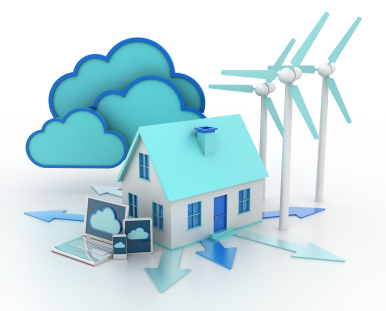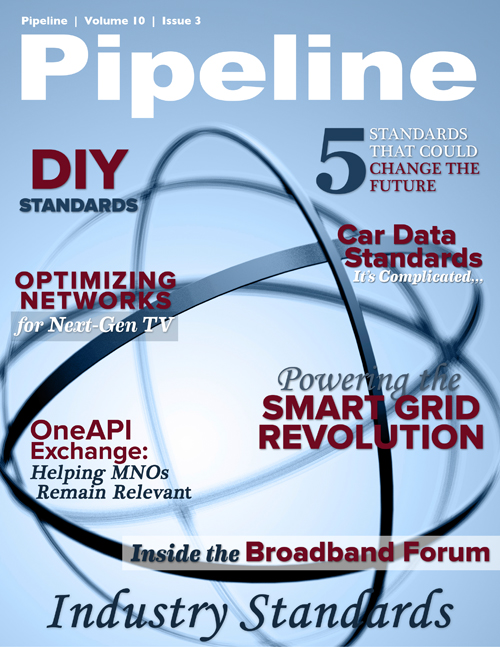Powering the Smart-Grid Revolution
By: John Egan, Livia Rosu
 The connected-home landscape is continually broadening and
evolving, and having consistent, reliable communication is critical to smart-grid operations for the home. Making the grid into a smart grid is one of several interrelated evolutionary steps
occurring in the field of grid communications; it enables service providers and utilities to
better manage their resources and proactively handle problem avoidance and
resolution while providing advanced services to the home.
The connected-home landscape is continually broadening and
evolving, and having consistent, reliable communication is critical to smart-grid operations for the home. Making the grid into a smart grid is one of several interrelated evolutionary steps
occurring in the field of grid communications; it enables service providers and utilities to
better manage their resources and proactively handle problem avoidance and
resolution while providing advanced services to the home.
Smart-grid services in the home include control of smart appliances, the ability to remotely manage electrical devices and their power draw, and in-home display of consumption data and associated costs, which can inform consumers and, thanks to near-real-time billing, potentially motivate them to modify their power consumption.
Smart-grid services outside of the home include control of the entire power-grid infrastructure, such as distribution command, control and automation, and the extension of the communications connection to smart meters in the home. New billing granularity is now possible with these services and smart meters so that power-utility service billing is able to be both time-of-day and demand based, facilitating a more precise and equitable billing arrangement for utilities and their customers.
Service providers and utilities have several options when it comes to how they can build their networks to exchange information with smart TVs, smart appliances and smart meters. Wireless and wireline options abound, with power-line communications (PLC) being the wireline option most frequently mentioned, as it is a natural fit to work over the power distribution links to the home. However, one technology, G.hn (think “gigabit home networking”), standardized by the ITU-T as the only technology able to achieve optimum performance over any wire type, including coaxial, copper-pair cables and fiber and power lines, stands out as the best choice for a wireline smart-grid link.In fact, G.hn can be an integral part of an engineered hybrid-network design, such as when utilities are looking to enable communications services over their grids to wireless smart meters; it’s an excellent backbone communications technology to pair with 802.11, ZigBee and other wireless technologies that may be used as links to the smart meters from neighborhood headends (i.e., network controllers) or concentrators. G.hn also provides all the necessary functions required for a “smart grid” inside the home as well as a smart-grid link to the home, which is especially important for utilities considering energy management services over the customer’s home area network (HAN) inside his or her residence.
Recently, in recognition of its ability to enable smart-grid services both inside and outside the home, G.hn was added to the Catalog of Standards (CoS) created by the Smart Grid Interoperability Panel (SGIP). As part of the organization’s acceptance process, G.hn and G.cx, the coexistence standard for G.hn, were evaluated by SGIP committees for smart-grid functionalities and coexistence with other smart-grid technologies, and reviewed against necessary high-level security requirements. Upon passing their reviews, G.hn and G.cx were voted into the CoS by the SGIP plenary membership.
However, each smart-grid communications option has some issues that come into play. Focusing on PLC, there is a substantial issue in regard to PLC devices in the utility distribution/AMI (advanced metering infrastructure) network potentially interfering with PLC networks in the home. But with G.hn being used for both applications, the issue is resolved through a G.hn breakthrough known as neighboring domain interference mitigation (NDIM), an advanced set of G.hn algorithms not found in any other PLC technology.





















